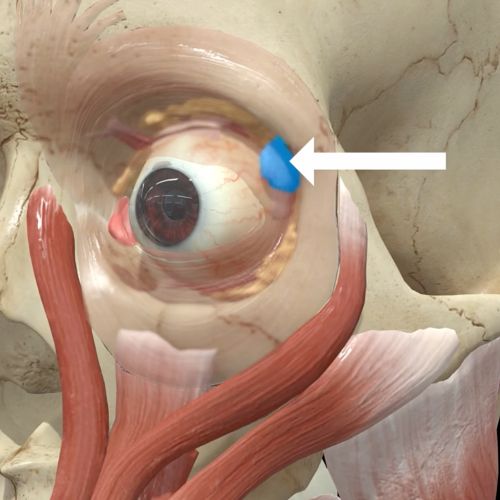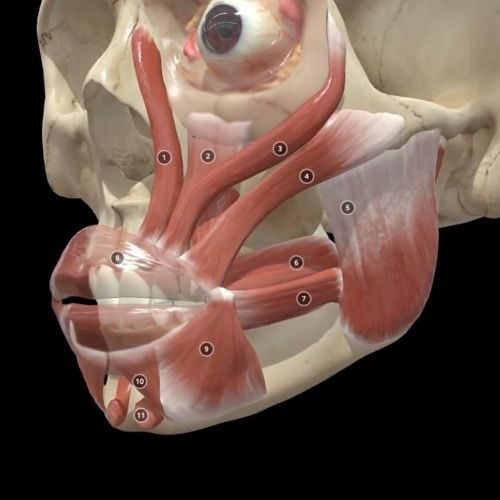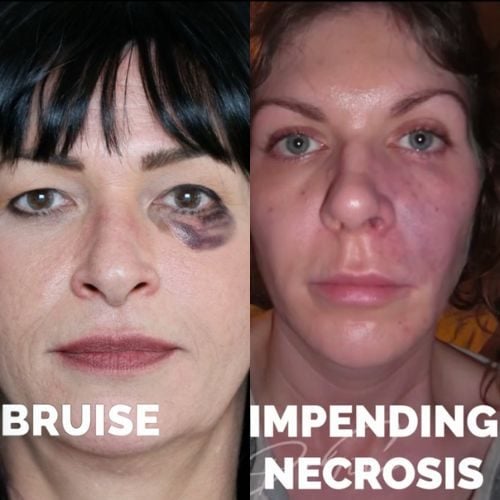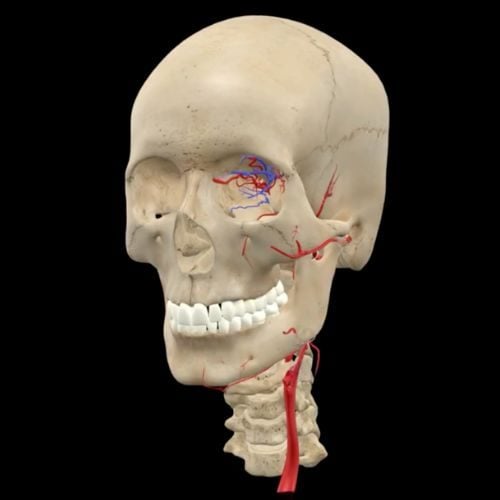- Mail us: support@drtimpearce.com
How to Learn Facial Anatomy for Injectors
You may be interested
 Dr Tim Pearce
Dr Tim Pearce
The Roadmap To Follow For Safe & Confident Injecting
The Journey Beyond Basic Knowledge
The path to facial anatomy mastery represents one of the most challenging yet rewarding aspects of aesthetic practice. While most practitioners begin with textbook knowledge, true mastery requires a systematic progression through multiple learning modalities, each building upon the previous to create comprehensive understanding and clinical confidence.
Understanding this progression helps practitioners navigate their educational journey more effectively and recognize where they are in their development toward anatomical expertise.
The Foundation: Textbook Learning
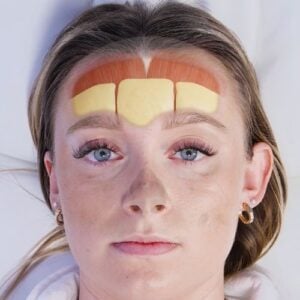
Most people start with textbooks, and this represents an essential foundation. However, you need to understand the limitations of this approach. Textbooks provide two-dimensional representations of three-dimensional structures, and while they’re valuable for learning basic anatomical relationships, they can’t prepare you for the complexity of real patient encounters.
The industry faces challenges with available educational materials. We’re not swimming in amazing, accessible textbooks for aesthetic anatomy. The materials that do exist are often expensive – sometimes hundreds of pounds for a single text – and may not be specifically designed for aesthetic applications.
Despite these limitations, textbook learning provides the vocabulary and basic understanding necessary for more advanced education. You need this foundation before progressing to more sophisticated learning methods.
Foundation Courses: Bridging Theory and Practice
After textbook study, foundation courses represent the next crucial step. These courses should cover your core injections and ensure you know your everyday techniques. You should understand specific injection points, know where they are, and have confidence that your technique is as safe as anyone else’s for individual injections.
The difference between healthcare professionals and others in aesthetic practice becomes apparent at this level. Healthcare professionals should eventually know what happens in terms of risk when they move their needle a centimeter one way or another, or even half a centimeter. This represents the integration of anatomical knowledge into everyday clinical practice.
Foundation courses should provide not just technique instruction but also the anatomical rationale behind each approach. This helps practitioners understand why specific techniques work and how to modify them for individual patients.
The Cadaver Experience: Seeing Reality
Cadaver training represents the gold standard for anatomical education. There’s something particularly powerful about cadaver courses – they provide an exploration experience versus a presentation. You don’t know what you’re going to find, so there’s uncertainty that makes it very engaging. When you find the structure you’re looking for, there’s a moment of euphoria because you’ve discovered what you expected to see.
These emotions drive memory formation in a more intense way than just looking at pictures. The experience is emotionally intense, which helps learning. You can still recall specific findings from cadaver courses because they were surprising or confirmed expectations in a memorable way.
Modern cadaver facilities, like those at Keele University, provide exceptional learning environments. These aren’t the outdated facilities of the past but modern laboratories with bright lighting, video equipment, and multiple workstations. The facilities are air-conditioned and professionally maintained, creating optimal learning conditions.
The Exploration Advantage
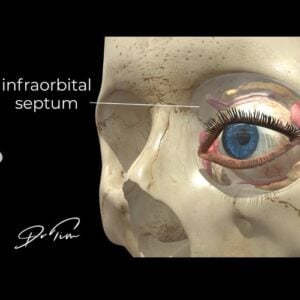 What makes cadaver training particularly valuable is the exploratory nature of the learning. You’re actively searching for structures rather than passively receiving information. This active engagement creates stronger memory formation and deeper understanding.
What makes cadaver training particularly valuable is the exploratory nature of the learning. You’re actively searching for structures rather than passively receiving information. This active engagement creates stronger memory formation and deeper understanding.
During cadaver courses, you can examine cross-sections of facial areas, seeing how thick different layers are. You might be surprised by the thickness of the dermis, the substantial nature of the hypodermis, how thin muscles actually are, and how little space exists underneath certain structures.
This three-dimensional understanding transforms your approach to injection techniques and helps you visualize what’s happening beneath the skin during treatment.
Building Clinical Resolution
As you progress through different learning modalities, your clinical resolution improves dramatically. When you first start training, you can’t distinguish between being a centimeter off target – it all looks the same. Experienced practitioners develop very specific reference points they use consistently, probably within millimeter accuracy.
This resolution comes from combining theoretical knowledge with practical experience and visual confirmation through cadaver study. You develop an intuitive sense of anatomical relationships that guides your clinical decision-making.
The Integration Process
The most important aspect of anatomical education is learning how anatomical knowledge affects your decision-making during treatment. This integration happens through the interface between what you know and what you do. It’s not just intellectual knowledge – you’re actually utilizing anatomical understanding to make clinical decisions.
This integration process requires continuous practice and application. You’re constantly learning anatomy and applying it, then learning more and applying that. If you try to learn everything first and then apply it, it remains terrifying because you haven’t integrated the basics.
Advanced Understanding Through Variation
As your knowledge becomes more sophisticated, you start learning about anatomical variations. You might learn about the facial artery and then discover that thirty percent of people have a totally different variant. You’re building understanding of multiple variations simultaneously, making your knowledge more comprehensive and clinically relevant.
This advanced understanding helps you adapt your techniques for individual patients rather than applying standardized approaches regardless of anatomical variation.
The Teaching Component
One of the most effective ways to solidify anatomical knowledge is through teaching others. The knowledge you learn most thoroughly is what you use to teach. During patient consultations, you have opportunities to explain anatomical concepts, which reinforces your own understanding.
When you explain to patients why certain changes occur with aging or how different treatments address specific anatomical issues, you’re reinforcing your own knowledge while building patient confidence in your expertise.
Continuous Learning and Assessment
Anatomical mastery requires ongoing education and self-assessment. You need to regularly evaluate your knowledge gaps and seek opportunities to address them. This might involve attending advanced courses, participating in cadaver training, or engaging with peer learning opportunities.
The complexity of facial anatomy means that learning never truly ends. There are always new techniques to master, variations to understand, and clinical applications to explore.
The Confidence Building Process
Building anatomical confidence requires exposure to multiple learning modalities and practical application opportunities. Each educational experience contributes to your overall understanding and clinical capability.
Confidence comes from knowing not just where structures are located, but understanding their clinical significance and how they influence treatment outcomes. This comprehensive understanding allows you to make informed decisions and adapt techniques for individual patients.
Practical Application Strategies
To maximize your anatomical education, actively seek opportunities to apply your knowledge. During treatments, consciously consider the anatomical structures you’re working with and how your technique relates to underlying anatomy.
Document your observations and outcomes to build your personal database of anatomical knowledge and clinical experience. This documentation helps you recognize patterns and improve your understanding over time.
The Expert Practitioner
Expert practitioners demonstrate anatomical mastery through their ability to adapt techniques for individual patients, recognize anatomical variations, and make informed clinical decisions based on comprehensive understanding.
They understand that anatomical knowledge isn’t just about memorizing structures but about integrating that knowledge into clinical practice to achieve optimal patient outcomes.
Conclusion: The Mastery Mindset
The path from textbook knowledge to anatomical mastery requires commitment to continuous learning and practical application. It involves progressing through multiple educational modalities, each building upon previous knowledge to create comprehensive understanding.
True mastery comes from integrating anatomical knowledge with clinical experience, developing the resolution and confidence needed for expert practice. This journey requires patience, dedication, and recognition that anatomical learning is a continuous process rather than a destination.
Practitioners who embrace this comprehensive approach to anatomical education will develop the confidence and competence that defines expert aesthetic practice, ultimately leading to better patient outcomes and professional satisfaction.
Ready to enhance your injection safety and confidence?
Download our comprehensive guide: “The 13 Injection Areas That Carry Extra Risks Cheat Sheet” – your essential reference for identifying and avoiding high-risk anatomical zones. Download your free cheat sheet here and take the first step toward safer, more confident practice.
Related Articles
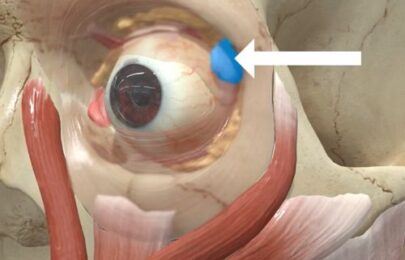 Bestseller
Bestseller
Avoiding Botox Eye Complications From Dry Eye to the ‘Psycho Look’
September 30, 2025
Avoiding Botox Eye Complications From Dry Eye to the ‘Psycho Look’
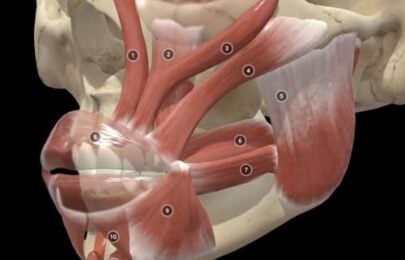 Bestseller
Bestseller
How to Fix a Crooked Smile with Botox
September 25, 2025
How to Fix a Crooked Smile with Botox
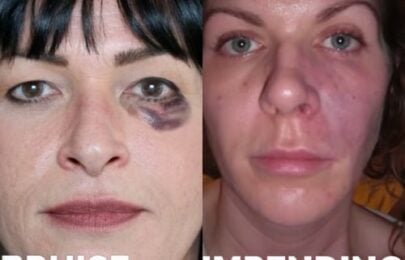 Bestseller
Bestseller
Multiple Causes of Vascular Occlusion and Necrosis
September 23, 2025

